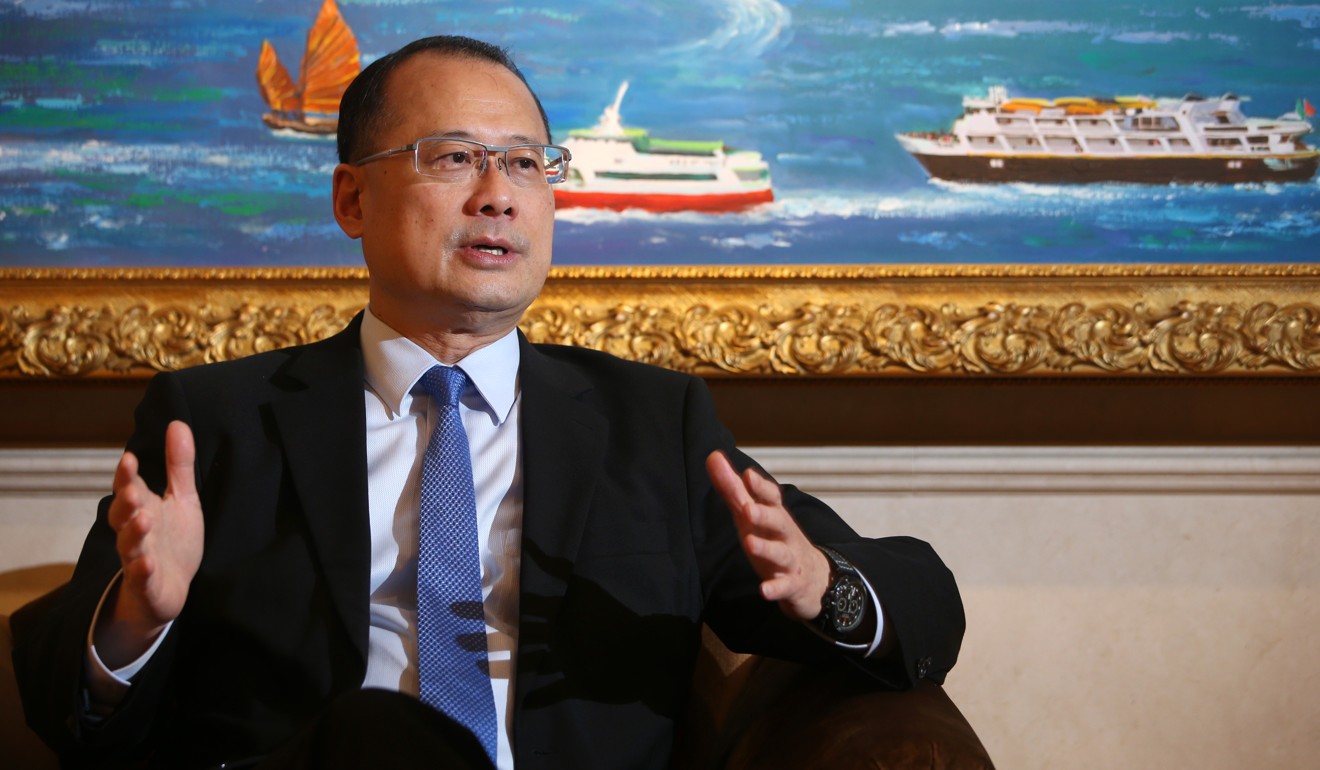
Japanese lessons: China’s ‘Greater Bay Area’ to look to Tokyo Bay for inspiration
- Business group arranges networking forum in prosperous Japanese region
- Home to a third of the country’s GDP, area ‘very successful in building up a strong manufacturing supply chain and an industrial belt’, says group leader
That would mean representation from the three governments involved in the Greater Bay Area, a national development strategy to integrate Hong Kong, Macau and nine Guangdong cities into an innovation powerhouse.
“The Greater Bay Area is a new bay area. We want to learn from the successful experiences of the Tokyo Bay Area,” Choi, who sits on the standing committee of Beijing’s top political advisory body, said. “The Tokyo one is very successful in building up a strong manufacturing supply chain and an industrial belt.”

“Another goal is to promote the Greater Bay Area to Japanese companies and facilitate two-way investment and trade between the two bay areas,” he added, saying his group had contacted a few chambers of commerce in Japan.
The metropolitan zone around Tokyo Bay comprises Tokyo, Saitama, Chiba and Kanagawa prefectures. It is home to a third of the country’s population and generates a third of its GDP.
Choi said Japan’s experience solving the pollution crisis in the industrial region could act as a good reference for its southern Chinese equivalent. The ageing country’s health care industry, as well as its advanced robotics and AI technologies, could also be instructive, he added.

Lau Siu-kai, vice-chair of The Chinese Association of Hong Kong and Macau Studies, a semi-official think tank, said China and Japan – the world’s second- and third-biggest economies, respectively – had warming trade ties because of their fraught respective relationships with the biggest, America.
“The Greater Bay Area could take Tokyo Bay as a reference in city planning. Under growing trade ties between China and Japan, collaboration and trade between the two areas would rise accordingly,” Lau said.
He added that the potential for rivalry between the two bay areas was not strong, as the Tokyo one had no world-class financial centre like Hong Kong.

Mao Yanhua, a regional economy expert at the Centre for Studies of Hong Kong, Macau and the Pearl River Delta at Guangzhou’s Sun Yat-sen University, said the two bay areas could share experiences of building creative, liveable and prosperous cities.
“They shoulder responsibilities in promoting global free trade amid rising protectionism,” he added.
Choi said his union was also planning a forum in Guangzhou for September, to which it would like to invite guests from all four major bay areas in the world, including New York’s and San Francisco’s, to promote exchange and collaboration.

